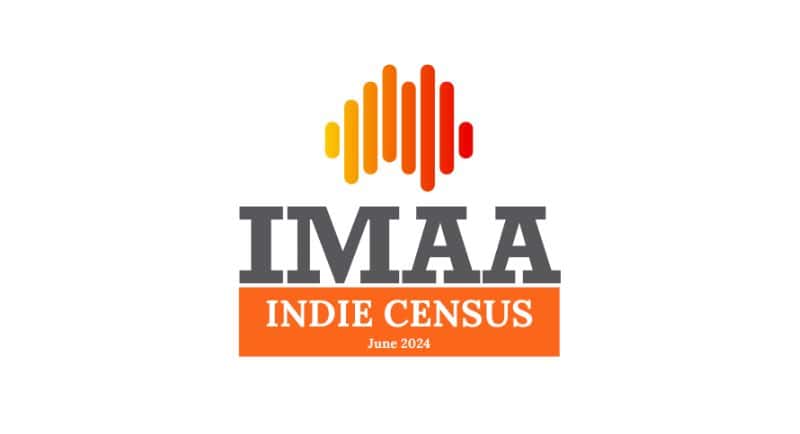Half of Australia’s independent media agencies forecast ad spend will increase in the coming financial year.
The latest IMAA Indie Census for June 2024 has revealed that of those agencies that predict market ad spend to grow, almost half expect it to grow by at least 10% to 20% year-on-year.
Digital video and BVOD/CTV are expected to see the biggest growth, with almost 70% of respondents predicting these channels would grow by at least 25%. Meanwhile, 60% of agencies anticipated similar growth across programmatic out-of-home.

Performance, including paid social and SEM, is predicted to be the biggest area of investment for indie agencies in the coming financial year, followed by TV (linear and BVOD) and digital.
The Census reported that investment in media channels will be heavily driven by return on investment. More than half of indie agencies said they were more likely to spend on a new platform if it could drive better ROI, along with offering improved performance and cost-effectiveness.
Meanwhile, education is still top-of-mind for agencies, with respondents naming the IMAA Academy education offering as highly valuable and welcoming ongoing education and training.
IMAA CEO, Sam Buchanan, said the latest Indie Census shows agencies are going into the new financial year “with a renewed confidence in the market.”
“While cost of living pressures and faltering consumer confidence are still looming, our members are confident that clients will continue to invest in their brands,” he said.
“Digital will be the main recipient of spend, along with performance channels that offer greater return on investment in the current economic climate.
“Education continues to be a priority for indie agencies as they look to upskill and grow their teams. The IMAA is leading the charge in professional development for the indie sector with its landmark IMAA Academy. The IMAA’s innovative group deals for members and trade credit insurance have also proved valuable.”
The IMAA Indie Census June 2024 also asked members about specific media channels:
Digital
Almost all indie agencies believe AI will have some effect on their business in the future, with 40% expecting it to have a significant impact.
Agencies are also starting to prepare for a cookieless future – more than 50% have already tested or are planning to test alternative contextual strategies, while more than 30% are looking at one-party targeting.
TV/BVOD/CTV and video
The vast majority (90%) of agencies said a fully managed service model was important to them when planning, buying and transacting BVOD.
Nearly 40% said building creative was their biggest challenge when it comes to scaling their video content, followed by measurement options.
Audio
Most agencies, nearly 60%, said they were planning audio investment across radio, podcasts, and streaming in the coming 12 months, with more than half revealing that their clients were interested in the targeting and measurement capabilities of podcasting. Most indies said if more podcasts and shows were available programmatically, it would help increase adoption with their clients.
Out-of-home
Four in 10 agencies said they were set to invest more in out-of-home advertising (OOH) in the next 12 months, especially given the introduction of MOVE 2.0 – the latest enhancement in OOH measurement.
Out-of-home’s ability to offer 100% ownership and share-of-time was seen as a key drawcard. Regional OOH still proved to be an area of untapped potential for indie agencies, with at least half saying they needed a better understanding of the market and its opportunities, along with relevancy and ROI.
Regional
Agencies named cost-effectiveness, relevancy, and ROI as just some of the factors impacting their investment in regional media, with many looking for clear pricing and audience profiling, and a better understanding of the regional landscape.
